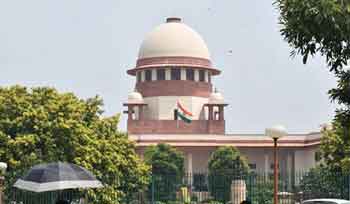Delhi,,
For patients over 50, doctors only need to monitor the upper systolic blood pressure, and can ignore the lower diastolic blood pressure reading, said Padma Shri and Dr B C Roy National Awardee Dr KK Aggarwal, President Heart Care Foundation of
India.
As per a report published in the journal The Lancet, there is such an emphasis on diastolic pressure that the patients are not getting their systolic blood pressures adequately controlled. The fact is that people over the age of 50 probably do not even need to measure diastolic – it’s only the systolic blood pressure that should be the focus.
For people under 50, the scenario may be different. About 40 percent of adults under 40 years of age have diastolic hypertension, and about a third of those between 40 and 50 have the problem. For these patients, a continued emphasis on both systolic and diastolic blood pressures is needed. However, controlling systolic blood pressure, even among these younger patients, almost always results in adequate control of diastolic blood pressure, too.














